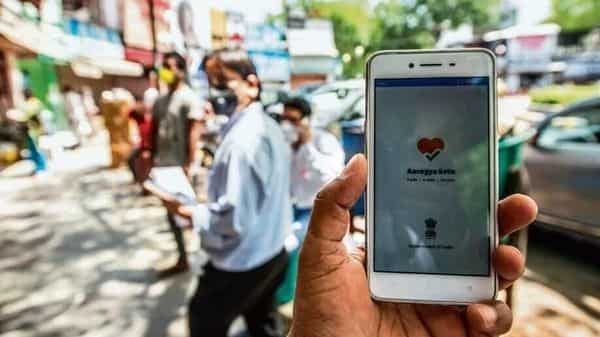Hello there,
I am writing to you after a long gap of eight months. Some of you emailed during this hiatus to check if I have stopped writing. Not at all. Yes, I write less frequently—intentionally—but I am almost always reporting: thinking about stories, talking to people, looking at data, ideating with editors, and of course, reading. It’s quite fun.
I was a bit hesitant to use the list of DisFact subscribers—my weekly newsletter for which you had signed up, which I stopped publishing in August—for sending out a self-promotional email with links to my latest work. But that’s what I am doing today, as I turn this emailer into a personal newsletter, mostly to share my reportage.
Not more than one email a month. No spam, ever. I hope you will stay connected.
Three stories for today. As always, feedback is most welcome.
Stay safe and healthy. And keep washing your hands.
Inside the Chinese dating apps exploiting the loneliness of India’s men

“Just how many girls do we send friend requests to on Facebook? It’s rare for even one in a hundred to respond to our messages. And here are girls asking you left, right, and center if you also want what they want. You really think a girl is asking you that?...The moment you upgrade your package on the app, they all vanish. These are not real women. The people who run these apps are playing with your brain.”
Dozens of scammy Chinese dating apps are exploiting the loneliness of Indian men outside of the Tinder-Bumble demographic. That includes India’s most downloaded dating app in 2019, L’amour. It's as mainstream as it can get.
What happens when men sign up? How does the machinery operate behind the scenes? For Quartz, Snigdha Poonam and I report from inside this thriving industry of predatory dating apps.
India is pinning hopes on apps in virus fight

Indian public authorities are building apps—at least 17 are public—to fight COVID-19. In Mint, I wrote about the app ecosystem looking at two big products: Central government's Aarogya Setu and Maharashtra government's MahaKavach to explore what the apps can do, what they can’t and where we are headed when it comes to individual privacy.
11 of the 17 apps that Indian public authorities have launched, including MahaKavach, have the same goal: quarantine tracking. Aarogya Setu is even more ambitious: to alert users if they come in close contact with a COVID-19 positive person(at least in theory it works) and use it for contact tracing.
While the material goal of both Aarogya Setu and Mahakavach is to fight the pandemic, the philosophical difference could not be more different. Mahakavach is built on a social contract where the state believes that citizens can’t be trusted while the success of Aarogya Setu is fundamentally dependent on the citizens trusting the state, installing the app and sharing sensitive data. Which way will India go in the weeks ahead?
The murky world of India’s fintech scams

Wallets and UPI have taken over the Indian digital payment ecosystem. The reduction of friction in payments is driving the growth of new businesses. But it is also orchestrating fraud: thousands of Indians experience digital payment frauds every day, with sums ranging from a few thousand rupees to several lakhs.
Why do the scams persist? Why are we not able to find a solution?
Much of the onus on protection from such scams is placed on the user’s shoulders. Digital literacy is proposed as a solution. While that is important, this diagnosis ignores the systemic loopholes stemming from new-age digital dynamics that enable the fraud ecosystem: brazen identity theft, easy access to user’s personal data (telephone numbers and even bank details), and proliferation of fake accounts. Add police inaction and weak enforcement of toothless laws into the mix and you get a perfect ground for scammers to flourish.



